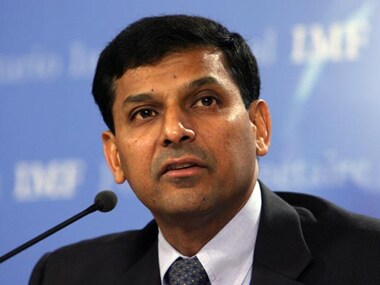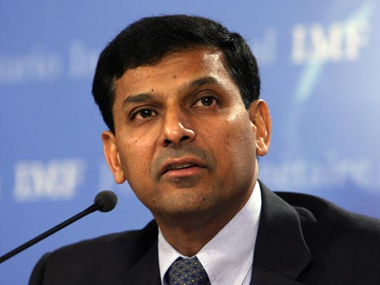The new Reserve Bank of India Governor, Raghuram Rajan, mostly gets it right. His views on capitalism, supply side economics and the 2008 financial crisis are on the mark. He stands on the opposite side of the noted Keynesian Paul Krugman and that is enough for free market folks to breathe a sigh on relief.
A few of Rajan’s ideas are, however, worrisome. Rajan, in an article in Foreign Affairs magazine, advocated structural or supply-side reforms to improve the competitiveness of the workforce to better adapt to globalisation, while also supporting fiscal austerity measures. He advocated cutting government spending and raising taxes.
Supply siders welcome a reduction in government spending but prefer lower taxes and giving the money back to the people. Private citizens then invest the extra cash which leads to growth. Higher growth leads to higher tax revenues even at a lower rate and this quickly balances the government’s budget deficits.
[caption id=“attachment_1023859” align=“alignleft” width=“380”]  In case Rajan still holds his former views on credit and the role of government, he can pull India out of its quagmire of high inflation and weakening rupee, assuming New Delhi listens.[/caption]
It is a policy adopted by former US President Ronald Reagan. The policy led to long-term growth in the US and the global economy. Reagan also unshackled the economy of multiple regulations that Rajan seems to favour. A freer private economy led to a lot of new products and services being launched, especially in technology. Supply siders would love Rajan if he changed his views on taxation. There are other views on social policy that worry free market advocates
But Rajan does not decide taxation or social policies as the Governor of Reserve Bank. His focus will be on monetary policy and the problem he faces now is high inflation and a weakening rupee. Based on Rajan’s views in the past, he seems to be the right person to tackle the issue. That is, if he still holds the same views and has not been house-trained by the profligate finance ministry. In case Rajan still holds his former views on credit and the role of government, he can pull India out of its quagmire of high inflation and weakening rupee, assuming New Delhi listens.
Impact Shorts
More ShortsThe root of the problem is the large scale fiscal deficits that the government of India runs. Unless that is reined in inflation will continue to hurt the weakest in society. Reined in does not mean reducing the growth in deficits, it means cutting deficits and balancing the budget.
Let us take a look at what Rajan had to say about government using easy money as a political palliative. Here he is close to former Federal Reserve Chairman Paul Volcker, who tightened money supply to lick inflation when Reagan was the US President. In 2010, Rajan was asked by Time magazine:
Is there historical precedent for using cheap credit as a political palliative, as you call it?
Absolutely. Both across countries and within the United States. In many ways, farmers, toward the end of the 19th century, were falling behind the rest of the population. A big piece of the populist platform was to push for more credit. The result was a tremendous expansion of banks in the early 20th century. Some would argue that the immense extension of credit to the farm sector in the 1910s and ’20s was a precursor to the Great Depression.
Based on this answer one can infer that he would prefer a tighter monetary policy when India’s fiscal deficit continues to grow and push up inflation and weaken the rupee.
The great thing about free markets is that taking on the correct risk is rewarded and wrong risk punished. If governments allow the private sector to bear the consequences of its failure, excess risk taking will be automatically reduced. Rajan’s views are similar. In the same interview, when talking about new regulations following the financial crisis, he said, “I would ask a more fundamental question than is being asked, which is, why were markets so oblivious of the risks being taken? I would argue a big reason was because they believed the markets would be bailed out by the government, and that expectation has been confirmed, with the government intervention in the housing markets and the credit markets and the Fed pushing enormous amounts of liquidity. The primary thrust of reform has to be to convince the private sector you will never do it again.”
This is music to the ears of supply siders or for that matter anyone with common sense.
But the fundamental problems that Rajan faces are fiscal and a lack of independence to do anything about it. He does not have the power to stop funding the government’s fiscal deficits. So unless New Delhi behaves there is not much Rajan can do. But one can at least expect monetary policy to continue on its current tight path.


)

)
)
)
)
)
)
)
)



